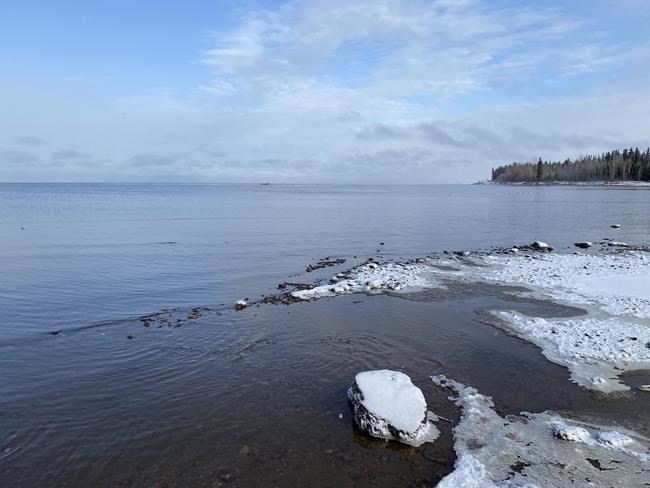OTTAWA — A network of Indigenous guardians who are helping restore and conserve land and culture are in Ottawa this week hoping to showcase their work and spur more stable government funding.
The meeting is the largest gathering of Indigenous guardians ever in Canada, bringing together at least 250 guardians and more than 100 others who are assisting the cause.
All the programs focus on conservation but in ways that are unique to their local area.
In the Northwest Territories, the Ni Hat’ni Dene Guardians are monitoring both wildlife and water quality, as well as acting as local search and rescue for tourists who visit Great Slave Lake.
In northern Ontario, the Wahkohtowin Guardian Program is teaching young adults to tap birch trees and to identify and harvest local plants for medicinal uses.
Valérie Courtois, the executive director of the Indigenous Leadership Initiative, says the number of programs quadrupled in the last five years but she envisions a world where there is enough funding for every community that wants to start a guardians program.
This report by The Canadian Press was first published May 9, 2023.
The Canadian Press



